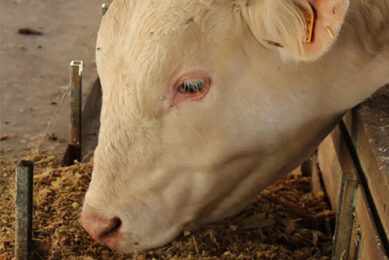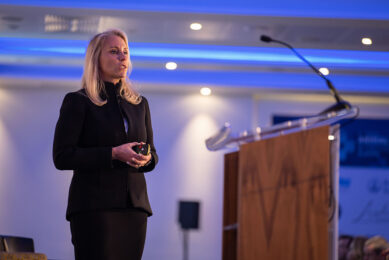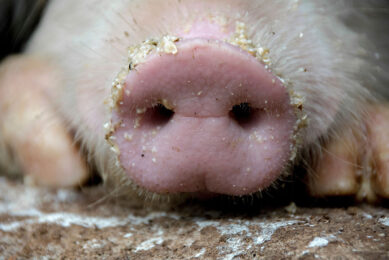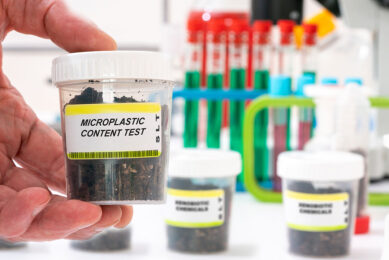Global cat food use of trash fish
A recent study by Deakin University scientists has uncovered some revealing facts. Giovanni Turchini and Professor Sena De Silva in a report published in the prestigious Journal of Agricultural and Environmental Ethics has revealed that the world’s domestic cats are fed nearly 2.5 million tonnes of so called trash fish which are used by the pet food industry as cat food.
A recent study by Deakin University scientists has uncovered some revealing facts. Giovanni Turchini and Professor Sena De Silva in a report published in the prestigious Journal of Agricultural and Environmental Ethics
has revealed that the world’s domestic cats are fed nearly 2.5 million tonnes of so called trash are used by the pet food industry as cat food.Consisting mainly of anchovies, sardines, pilchards and herrings, the US market consumes 1.1 million tonnes and the European market another 870,000 tonnes. Australia alone, with a human population of just over 20 million, imports 34,000 tonnes annually according to the study.With the debate about global resource use intensifying, De Silva and Turchini argue in their abstract that the direct use of fresh or frozen forage fish in the pet food sector "appears to have received little attention to … date and … needs to be considered in the global debate on the ethical nature of current practices on the use of forage fish, a limited biological resource."
It is a timely call, and one the aquaculture industry should welcome. In light of some of the heated arguments put forward by forces opposed to aquaculture, facts and scientific data should lead the discussion rather than emotive opinion.
An interesting side issue that has come from the revelation: Australian felines consume 13.7kg per head per annum and Australian consumers – despite all the efforts of health advisors and seafood marketers – only consume 11kg per capita per annum. And when the body weight difference is taken into account, it makes up an enormous proportion of the cats’ diet. Fish farmers can only wonder in envy.











